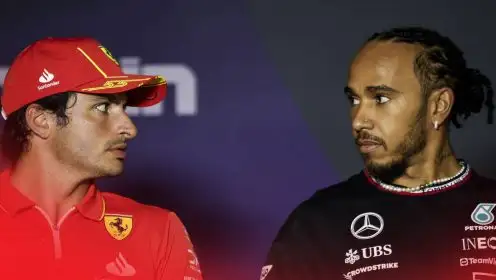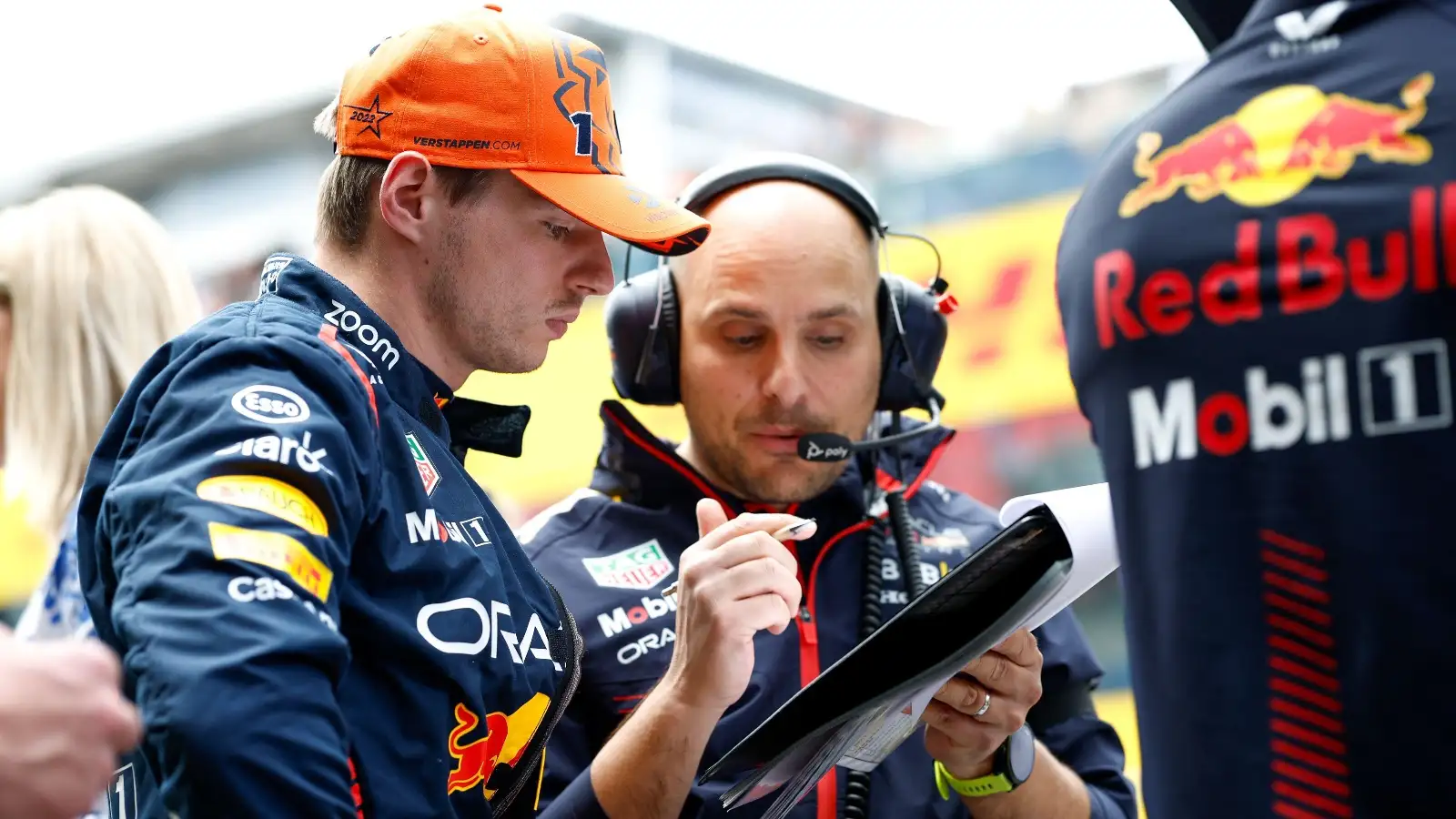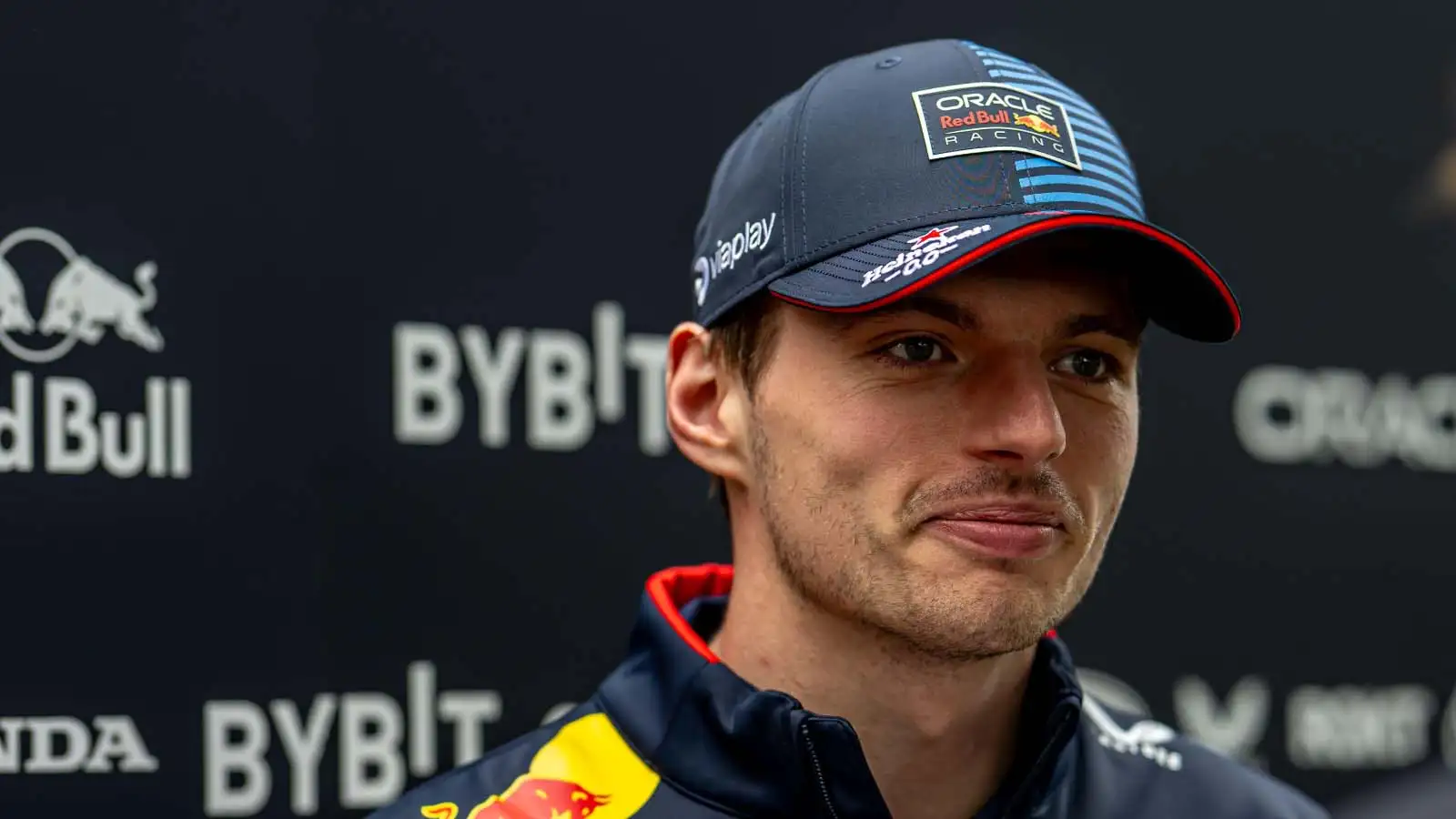Japanese GP data: What we learned from practice at Suzuka

Is it Max Verstappen out in front once again at the Japanese Grand Prix?
Following the first practice day in Japan, what are the main takeaways from a day of mixed running in tricky conditions?
The practice day at Suzuka wound up being a very mixed bag, with the drivers taking in dry but cloudy and cool conditions in FP1, before light rain continuously spat down on the circuit to compromise track time during the second session.
What the data from Japanese Grand Prix practice reveals
Additional reporting by Pablo Hidalgo
Unfortunately, given the fact that the second practice consisted of a short flurry of single soft tyre runs at the conclusion of the hour, there’s no meaningful data to call upon in relation to comparing longer runs to give an idea as to race pace and tyre wear.
However, the data from FP1 has offered some clues as to single lap pace – although the track temperatures dropping following the red flag period for Logan Sargeant’s crash may have affected any qualifying simulations carried out.
With Red Bull showing up at Suzuka with an upgrade package for their RB20, it was no surprise to see the reigning Constructors’ Champions reigning at the top in FP1 with Max Verstappen fastest ahead of Sergio Perez.
The two Red Bull drivers also shared the fastest sector times, with Verstappen quickest in Sectors 1 and 3, and Perez in Sector 2.
Other upgraded cars included the Ferrari and Aston Martin – albeit not to the extent of Red Bull’s updates – and it was notable these two cars could compete with Verstappen through Sector 1.
The only interloper to Red Bull’s lock-out was Carlos Sainz, who was second-quickest through Sector 1 with a time 0.026 down on Verstappen, while Fernando Alonso underlined Aston Martin’s potential by going third-quickest through the incredibly aerodynamically demanding esses.

Huge time gains compared to the 2023 Japanese Grand Prix
With Japan moving from near the end of the season to close to the start, it’s been just six months since F1’s most recent visit to Suzuka – but the pace has increased massively since.
Verstappen’s fastest FP1 time was 1.6 seconds quicker than what he achieved in the same session last season. The likely reasons for this, pointed out by Pirelli’s Simone Berra, are twofold: lower temperatures, and better cars.
“The most striking piece of data was how much quicker the lap times were compared to the previous Japanese Grand Prix,” Berra said.
“On the same compounds as in 2023, Verstappen’s 1:30.056 is 1.6 [seconds] faster than the quickest time, also set by him last September.
“Clearly, the significantly lower temperatures could have contributed to the quicker lap times, in particular enhancing C3 performance. The other factor is the general increase in performance from this year’s cars.
“The soft can therefore be considered as a race tyre, given the performance advantage it would ensure for the start and over the opening laps. This means it is a particularly attractive choice on a track where overtaking is far from easy. However, for a further evaluation of possible strategies, we must wait for tomorrow’s free practice session.”
On single-lap pace, Red Bull looked out in front with a theoretical best of 1:30.041, two-tenths clear of Ferrari, with Mercedes looming in third a tenth further behind – two-tenths clear of McLaren, and a full six-tenths clear of Aston Martin.
Unfortunately, there’s little by way of long-run pace to explore due to FP2 being unrepresentative of anything.
Comparing Sainz, Russell, and Alonso on the soft tyres in FP1, all started in the mid 1:35s – over the next four laps, Sainz stayed below a 1:36.5, Alonso dipped to a 1:37.0, and Russell to a 1:37.3.
However, Sainz showed the life of the soft tyre by doing a 1:35.6 again before withdrawing to the pits. Taking their mean lap times, Ferrari thus appears to have a four-tenths of a second advantage over Mercedes, with Aston Martin less than a tenth off Mercedes.

On the hard tyre, which Max Verstappen and Charles Leclerc explored, it was the Ferrari driver well ahead. He kept his times between 1:35.2 and 1:35.7 over three laps, while Verstappen’s four-lap run never dipped below 1:36.0.
The averages thus suggest the Ferrari is almost nine-tenths of a second quicker than Red Bull – but, again, the nature of the short runs means there’s little to be gleaned from this.

The best times set by compound had Max Verstappen quickest on the soft and the hard tyre – 1:30.056 on the softs, 1:31.463 on the hards, while Lando Norris was quickest on the mediums as the McLaren did a 1:31.781.
McLaren also opted for the medium tyres for their longer runs, having had their soft tyre runs ruined by Logan Sargeant’s crash and the resulting red flag, with Piastri and Norris lapping in the 1:33 and 1:34s over their six-lap runs.
Attention now turns to FP3, which may serve as the most important session for the teams to figure out how best to approach qualifying and the race.
Read Next: Charles Leclerc’s touching tribute to ‘gamechanger’ Jules Bianchi with special Japanese GP helmet





